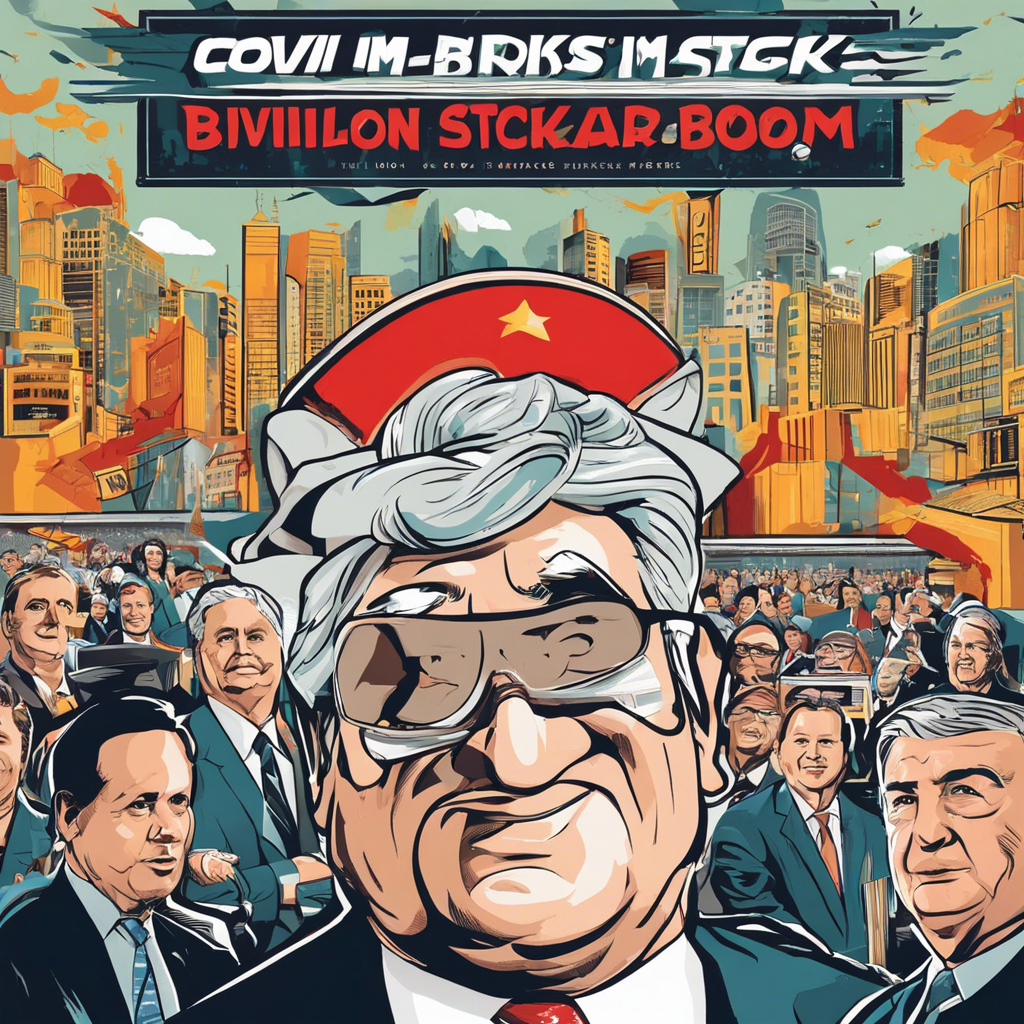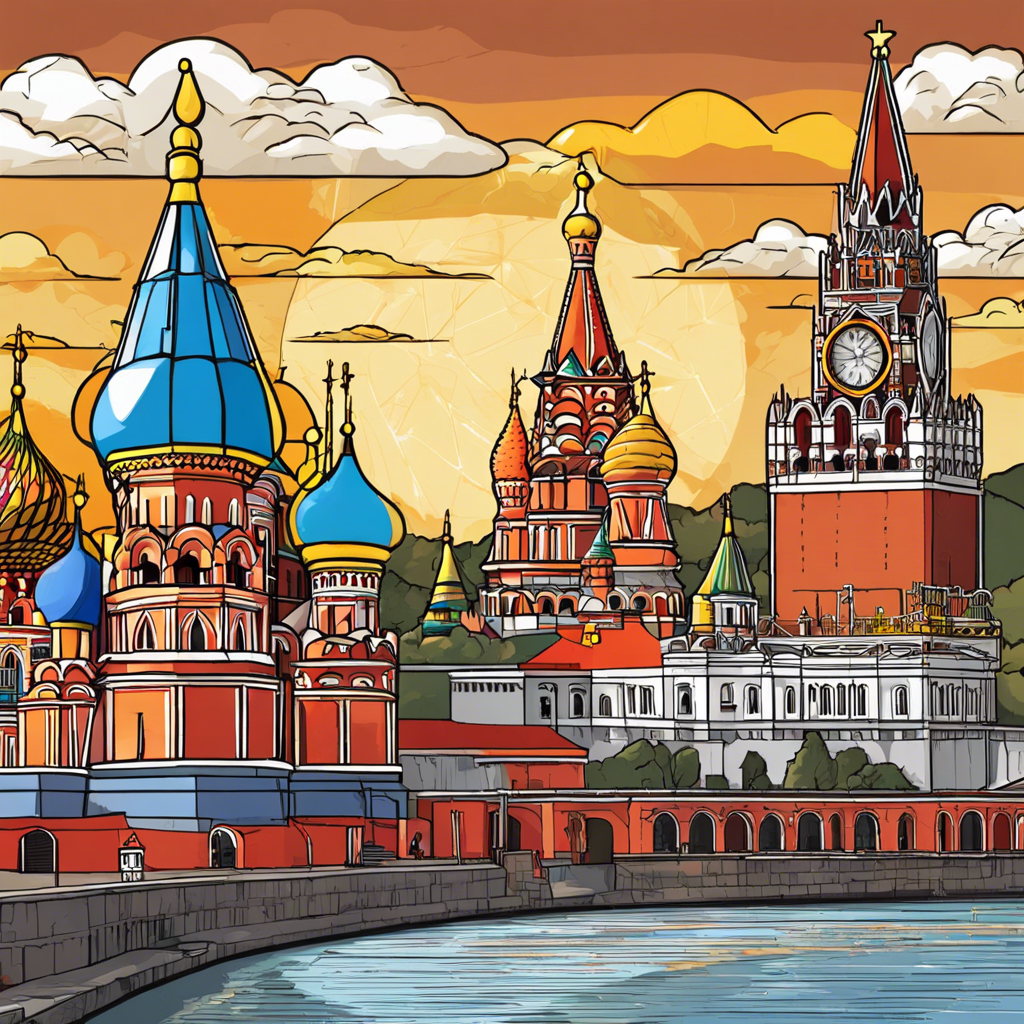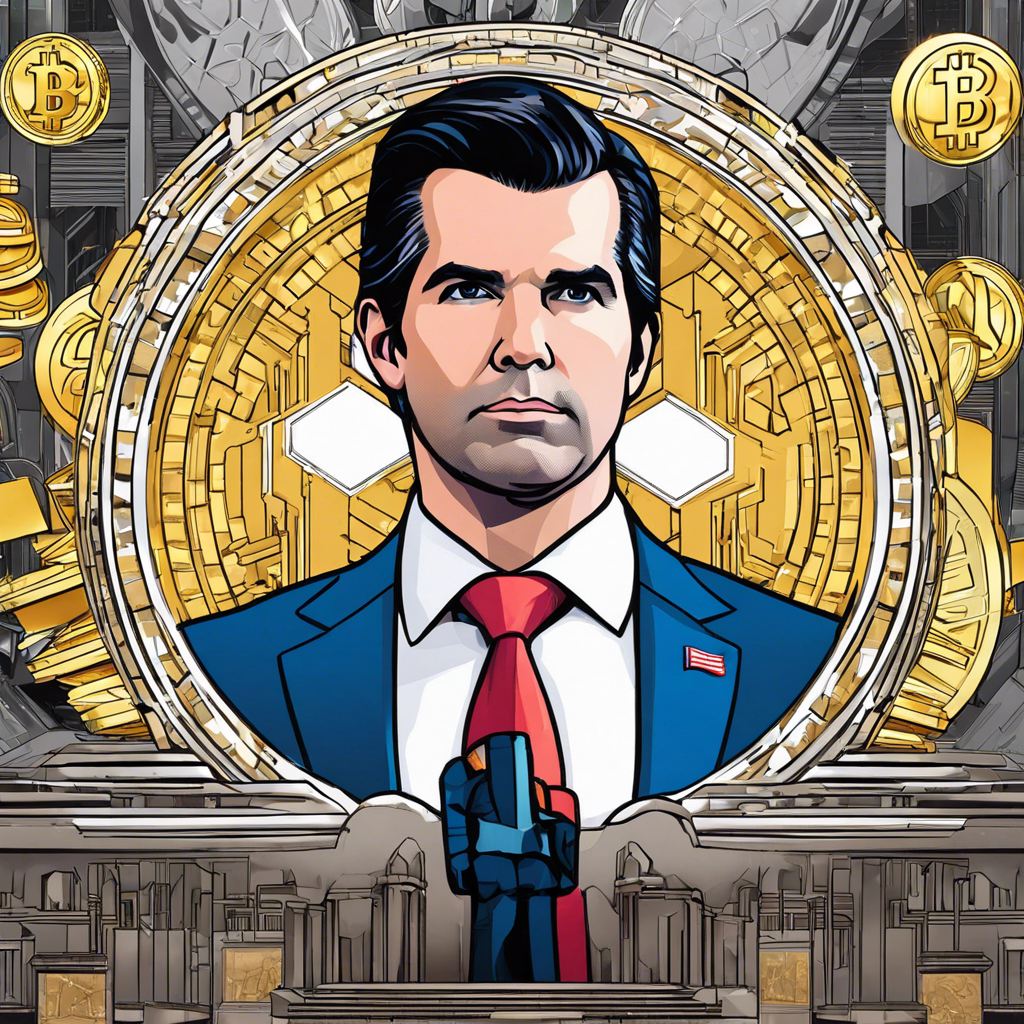The stock market was in free fall. The coronavirus pandemic was spreading out of control, businesses were shutting down, and unemployment was skyrocketing. But a few investors saw opportunity amid the chaos. They bet that the crisis would accelerate trends already underway before COVID-19 upended the global economy—the shift to e-commerce, the adoption of cloud software, the rise of telemedicine.
So these investors poured billions of dollars into companies enabling those shifts, especially technology companies, helping power a huge rally in the stock market even as the real economy cratered. The Nasdaq, heavy on tech names, surged 43% from its March low to the end of 2020. The Dow and S&P 500 also made up all their losses, though more slowly.
It was a stunning V-shaped recovery that minted huge profits for many investment firms and left average investors scratching their heads. The untold story of the COVID crash is that it made the rich richer while decimating many middle-class households.
“The stock market became completely divorced from reality,” said Dennis Dick, a former market structure analyst at Bright Trading.
The Federal Reserve slashed interest rates and unleashed massive stimulus to support the economy. But much of that fresh money flowed into stocks, not the “real” economy of goods and services. The Fed’s actions, however well-intentioned, exacerbated inequality.
Many tech companies were poised to thrive as life moved increasingly online during lockdowns. But their stocks were already highly valued before the crisis. The pandemic turned hype into reality and sent shares to stratospheric levels that bore little relation to current profits or business fundamentals.
For example, videoconferencing company Zoom Video Communications emerged as a breakout star of the lockdowns. Its stock soared 460% in 2020 as revenue more than quadrupled. But even after that runup, Zoom’s price-to-sales ratio was an eye-popping 86, implying unrealistic future growth assumptions. Cloud software maker Snowflake achieved a valuation of $70 billion in its September IPO—despite just $400 million in revenue and no profits.
The boom was not confined to tech. Companies enabling e-commerce, streaming media, telehealth, and other stay-at-home trends saw their stocks take off. Workout company Peloton, for example, saw its stock rise more than fivefold.
Many hedge funds and investment firms racked up big gains from the crisis. Chase Coleman’s Tiger Global, for example, gained $10 billion in 2020, according to LCH Investments. The stock-picking fund Ark Invest, led by Cathie Wood, attracted $20 billion in new investments.
The stock market’s boom-and-bust cycle has long been a controversial feature of capitalism. But the COVID crash highlighted the divide between financial markets and the real economy like never before. For some, the crisis was an opportunity to generate immense profits. For many others, it meant lost jobs, closed businesses, and economic hardship. The story of the crisis is one of both remarkable innovation and resilience—and a system rigged to benefit the few over the many.




